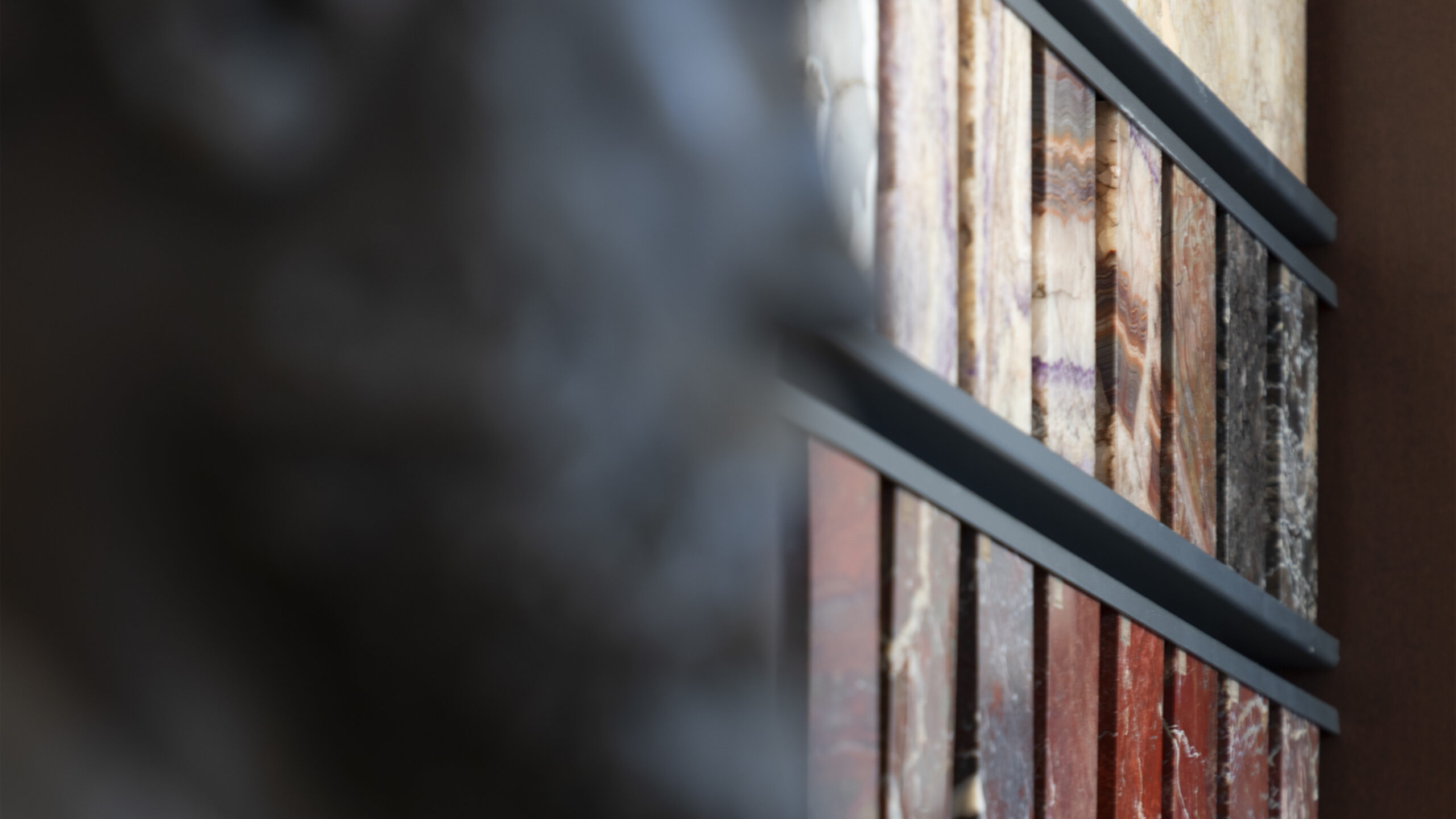Animals, Plants, Rocks and Minerals: The ISPRA Collections > A Multispecies Museum
Friday, October 3. The MUCIV-Museum of Civilizations, Rome, presents the new permanent display of the Paleontological and Litho-Mineralogical Collections of the Institute for Environmental Protection and Research (ISPRA) alongside the solo exhibition by Elisa Montessori titled Il sogno della camera rossa [Dream of the Red Chamber], an unprecedented dialogue between a selection of the MUCIV Chinese collections and the work of one of Italy’s leading contemporary artists.
Organized by ISPRA and Rome’s Museum of Civilizations with support from ALES-Arte Lavoro e Servizi S.p.A., the Italian Ministry of Culture’s in-house company, this new permanent exhibition: Animals, Plants, Rocks and Minerals: the ISPRA Collections > A multispecies museum is the fruit of a process begun in 2022 with the aim of studying, restoring, and sharing these collections of extraordinary historical and scientific value with the greater public. Comprising over 150,000 items (fossilized animals and plants, rock and mineral samples, geological surveys, scientific instruments, busts, portraits, memorabilia, and archival documentation), the ISPRA collections provide precious testimony to the effort made by the Italian Geological Survey and its scholars, who once assigned an essential role to science in developing modern Italy’s industry in stride with 19th-century thinking, placing human beings and their control of the environment at the center of complex, long-term processes.
Extending over the first floor of the Museum’s monumental Hall of Science, with the equally prestigious marble inlay floor by Mario Tozzi done in 1942, painstakingly restored at the center, these collections spotlight a new museology that highlights our planet’s geological dynamics and stratification, the continuous transformations of territories, and the origin, diversification, and need for coexistence and interaction in all living species. Drawing inspiration from animal, mineral, and plant species past and present, the re-presentation of these collections launches the new ISPRA school of environmental disciplines at the Museum and a schedule of detailed training and exploration activities (in new classrooms and open storage areas) aimed at fostering deeper reflection on the extreme fragility of natural ecosystems together with the public, inviting each one of us to investigate new forms and behaviors of ecological awareness and sustainability.

